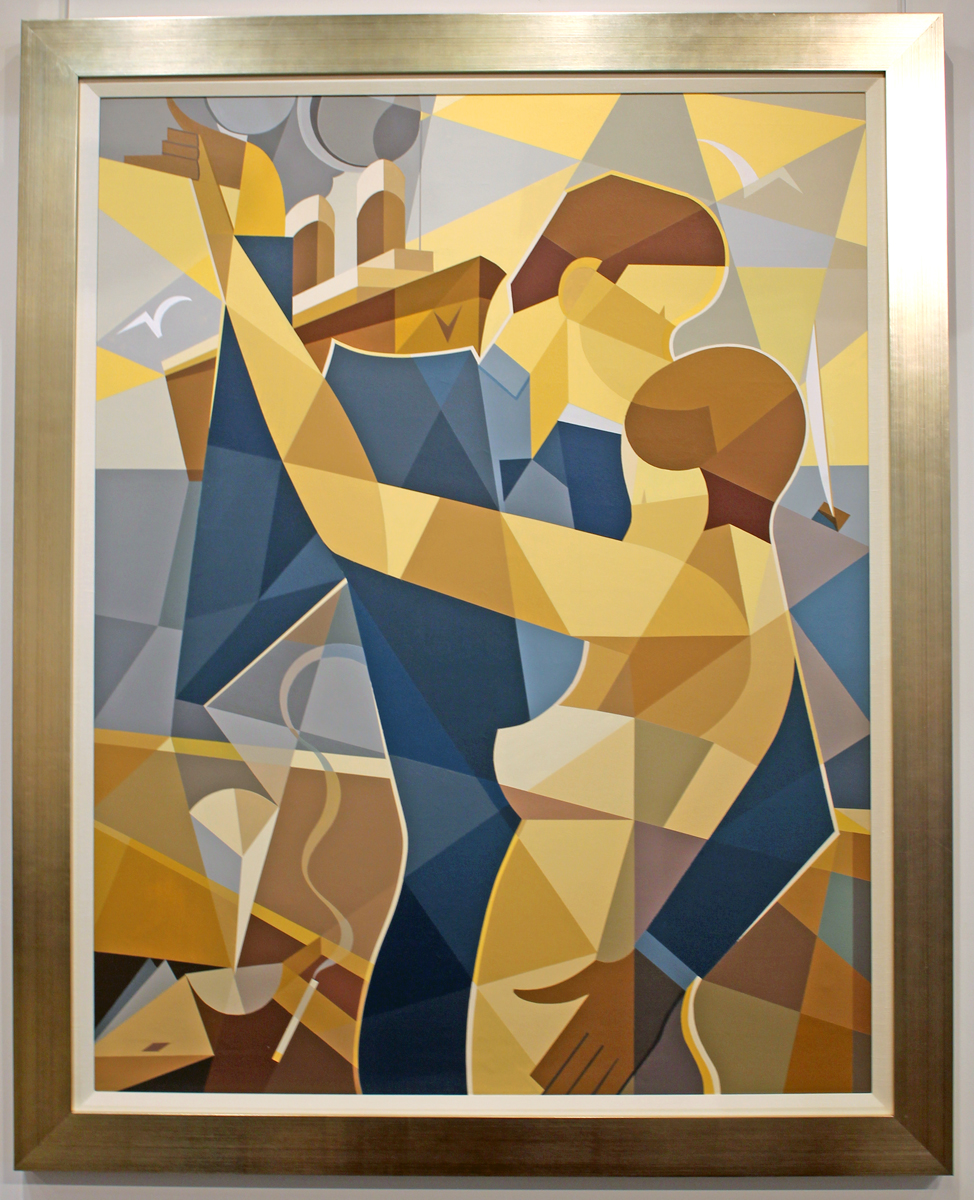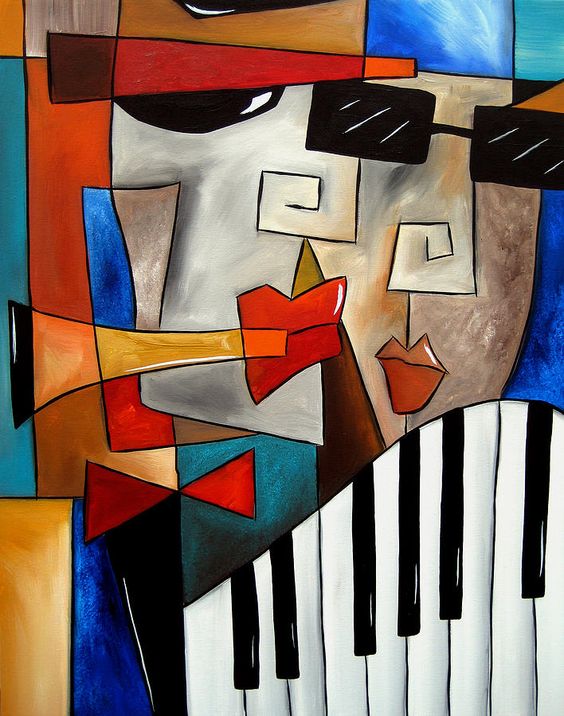


Pablo Picasso and Georges Braque first met in 1905, but it wasn’t until 1907 that Picasso showed Braque what is considered the first Cubist painting, Les Demoiselles d’Avignon. Though the movement’s most potent era was in the early 20th Century, the ideas and techniques of Cubism influenced many creative disciplines and continue to inform experimental work. Over time, the geometric touches grew so intense that they sometimes overtook the represented forms, creating a more pure level of visual abstraction. In that sense Picasso wasn't radical and revolutionary that, during his cubist period heĪppeared to become his cubist period was followed (leaving his cubist converts bewildered) by his neo-classicism, a return to tradition.Cubism is an artistic movement, created by Pablo Picasso and Georges Braque, which employs geometric shapes in depictions of human and other forms. So deeply his figurative upbringing was engrained (he was an artistic prodigy and well-rounded figurative painterĪt 15), that one of the main creators of abstract art never made it to this development's ultimate consequence: pure abstract art. He played with dimensions, flirted with removing the third, but never became a purely abstract painter. An important difference between Picasso and the cubist Mondrian was that Picasso never really gave up the thirdĭimension.

Process which ultimately led to the first really non-figurative paintings (or pure abstract art), from 1914 on.

Noteworthy is the work of Piet Mondrian, who linearized cubism in his 1912 Apple Tree painting, a Recognizable figurative objective, while Picasso's cubism served as the link between Braques' style and pure the abstract art that followed from cubism. So cubism refers to the styles of both Braques and Picasso, although Braques' cubism has a Paintings to create a style that was abstract in essence, almost pure abstract art. Picasso didn't so much facet natural objects, but used the geometry of Braques' faceted The technique of faceting originated from Georges Braques - it was his way to depict a natural object. Reality outside the painting and the complicated meditations on visual language within the frame, exemplified through their paintings During this movement, the works produced by Picasso and Braque shared stylistic similarities.īoth Pablo Picasso and Georges Braque moved toward abstraction, leaving only enough signs of the real world to supply a tension between the Instead of an emphasis on color, AnalyticĬubists focused on forms like the cylinder, sphere and the cone to represent the natural world. Synthetic cubism, Analytic cubists "analyzed" natural forms and reduced the forms into basic geometric parts on the two-dimensional picture plane.Ĭolor was almost non-existent except for the use of a monochromatic scheme that often included grey, blue and ochre. Analytical Cubism is one of the two major branches of the artistic movement of Cubism and was developed between 19.


 0 kommentar(er)
0 kommentar(er)
